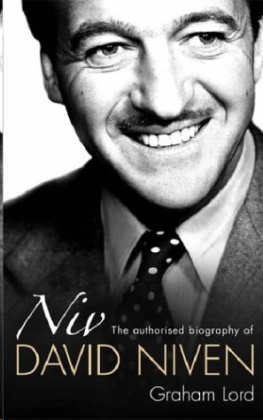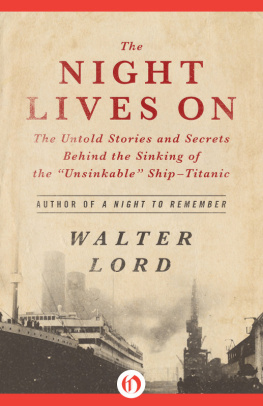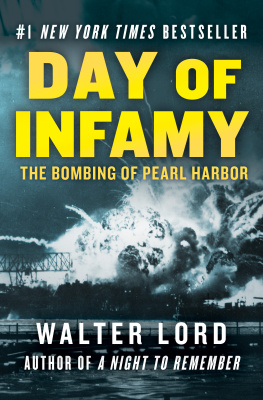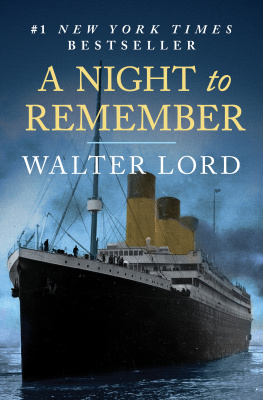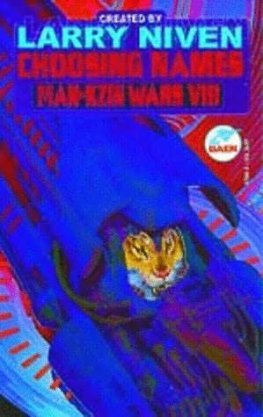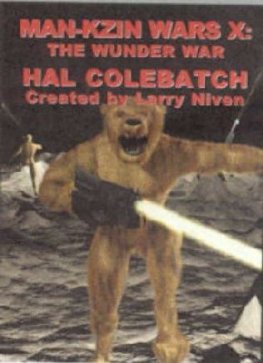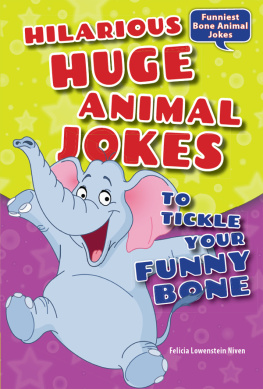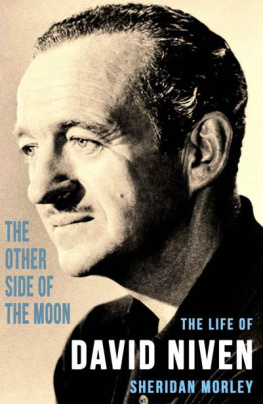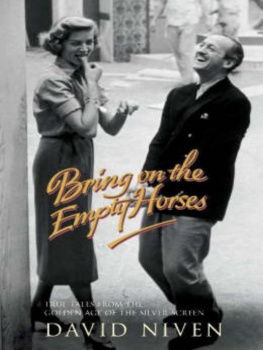Niv
The authorised biography of David Niven
Graham Lord
Copyright 2013, Graham Lord
For all of Nivs family and friends
who loved him so much and miss him still
Contents
Every effort has been made to trace the copyright holders of the photographs included in this book but, if any have been inadvertently overlooked, the author and publishers will be pleased to make the necessary changes at the first opportunity
1, 2, 3 & 4 Grizel Niven; 5 private collection; 6 Bodleian/Conservative Central Office; 7, 8 & 9 Stowe School; 10 RMA Sandhurst; 11 private collection; 12 Fiona Niven; 13 BBC Hulton Picture Library; 14, 15 & 16 private collection; 17 private collection; 18, 19, 20, 21 & 22 private collection; 23 the Estate of Michael Trubshawe; 24 RMA Sandhurst; 25 Fiona Niven; 26 Photo Source; 27, 28 & 29 private collection; 30 private collection; 31 Illustrated London News; 32, 33, 34 & 35 private collection; 36 & 37 private collection; 38 Vanity Fair; 39, 40 & 41 private collection; 42, 43, 44 & 45 private collection; 46 Fiona Niven; 47 the Hon. William Feilding; 48 William F. Buckley Jr; 49 Graham Lord; 50 private collection; 51 Fiona Thyssen; 52 Camera Press/Robert Penn; 53 private collection; 54 Roderick Mann; 55 Rex Features; 56 Hedi Donizetti; 57 Graham Lord; 58 Fiona Niven; 59 Peter Watson; 60 Rex Features; 61 Leslie Bricusse
Plate section 1
Plate section 2
Plate section 3
Plate section 4
D avid Niven, whose friends called him Niv, was an hilarious, utterly charming, delightfully engaging fantasist and fibber. His gloriously funny autobiography, The Moons a Balloon, is stuffed with errors of fact, anecdotes that are hugely exaggerated and superb stories that are completely untrue.
Does this matter? Of course not. He was a great raconteur, and raconteurs polish their anecdotes and make things up. His stories hurt no one, were never malicious, and he told them to brighten our lives and make us chuckle. Almost everyone who knew him has told me that he was a lovely man: kind, considerate, understanding, extremely funny and determined to cheer other people up even though his own life was stained at times by deep unhappiness. So who cares if he told a few fibs? Novelists and politicians do it all the time.
Unfortunately as Nivs biographer it is my job to try to sort out the truth from the fibs. When he claimed that he fought for a rebel army in Cuba in 1934, when he certainly did not, I have a duty to say so. But my adjustments to Nivs version of his life are not meant to show him up or put him down. He was an actor and writer who tailored his life to make millions laugh, and one excellent joke is worth a hundred facts. And he told his stories so often for so many years that by the time he came to write The Moons a Balloon, when he was sixty, he had probably come to believe that all his fibs and exaggerations were actually true. We all readjust our memories, few of us with such splendid effect as he did.
So if at times you are irritated by my corrections to his stories, please remember this: Niv was the twinkling star, the meteor who lit up every room he entered; I am just the dreary drudge whose job it is to try to tell the truth.
I loved every minute researching and writing this book. Here was a man whose courage, kindness and joie de vivre were an inspiration for us all. I wish so much that I had met him.
Graham Lord
June 2003
The Most Poisonous Little Bastard
19101923
W hen twenty-four-year-old David Niven signed his first Hollywood film contract in 1935 the studios publicity director decided that his background was not nearly exotic enough, so he tarted it up. Instead of being the son of a humble second lieutenant in the British army he was said to be the son of General William G. Niven, famed Scottish war hero. Instead of being born in London he was said to come from Kirriemuir in Scotland and the fibs were so successful that when he died in 1983 even The Times said in its obituary that he was born in Kirriemuir. Even I get confused about my father, his elder son, David, told me in 2002. Was he born in Scotland or not?
Not though when you consider Nivs reputation as an irresistible ladies man, Kirriemuir would have been a perfect birthplace, judging by the raucous, bawdy Scottish rugby drinking song The Ball of Kirriemuir:
Four and twenty virgins came doon from Inverness,
And when the Ball was over there were four and twenty less!
Singin balls to your partner, arse agin the wall!
If ye cannae get laid on a Saturday nicht ye cannae get laid at all!
Niv was in fact born in a bustling London street in a mansion block of houses and shops just beside the busy clang and clatter of Victoria railway station. His father was a rich, thirty-two-year-old country landowner, a gentleman of leisure and a part-time second lieutenant in the Berkshire Imperial Yeomanry. Niv liked to pretend that the family was deeply Scottish but his father had also been born in London, his Niven grandfather had been an English Justice of the Peace and director of the London Evening News and Hampshire Telegraph, and Nivs half-French mother had been born in Wales. If there was any Scotch in his veins it was not blood.
James David Graham Niven, the future film star, was born in Belgrave Mansions, Grosvenor Gardens, London SW1, on 1 March 1910, St Davids Day, just ten days before the American film director D. W. Griffith released the first movie ever to be made in the little village of Hollywood near Los Angeles a seventeen-minute love story, In Old California, starring Mack Sennett. Belgrave Mansions was a classy address, close to Buckingham Palace, where the neighbours included the Rt Hon. Baron Killanin, Sir Alexander Bannerman and Sir Alfred Dent. Nivs father, William Niven, was not just the rich, spoiled, layabout son of a newspaper executive. In 1904, when he was twenty-seven and on safari in Kenya, he shot four lions in one morning and four more over the next few days. I got all these alone, and was really very lucky not to get into any trouble, he wrote in a letter home. Eight lion skins with their heads on are really very fine trophies, especially for a two months trip, and I am told that four lions in a morning make a record for East Africa.
Courage and a sense of adventure flowed strong in the blood of the Nivens. One of the baby Davids great-great-uncles had been a British general. Another had been a major in the 21st Fusiliers, and a great-great-great-uncle had been killed at the Battle of Waterloo. The babys maternal forebears were equally militaristic. Nivs thirty-two-year-old mother, Henriette Degacher, was descended from an eighteenth-century Sieur of the Chteau de Caumont de Marivault and the family motto stressed the virtue of courage: Coeur vaillant se fait royaume (a brave heart creates its own nobility). Her father had been a captain in the British 24th Foot Regiment and had fought in the Kaffir and Zulu Wars in South Africa from 1877 to January 1879, when he was killed during the Battle of Isandhlwana, at which 1700 British soldiers were slaughtered by more than 20,000 Zulu. Her maternal grandfather and great-uncle had both been British generals, and when her mother remarried in 1888 she chose a lieutenant-general who had served in Afghanistan, Bengal and India, had been wounded at the Siege of Lucknow and decorated four times. Niv was proud of his family legacy and when he died in 1983 his papers included a bundle of his maternal grandparents letters to each other, a family tree, and two locks of his grandfathers hair one a fine tuft of baby hair dated 16 July 1841, when his grandfather had been fifteen months old.
Next page
